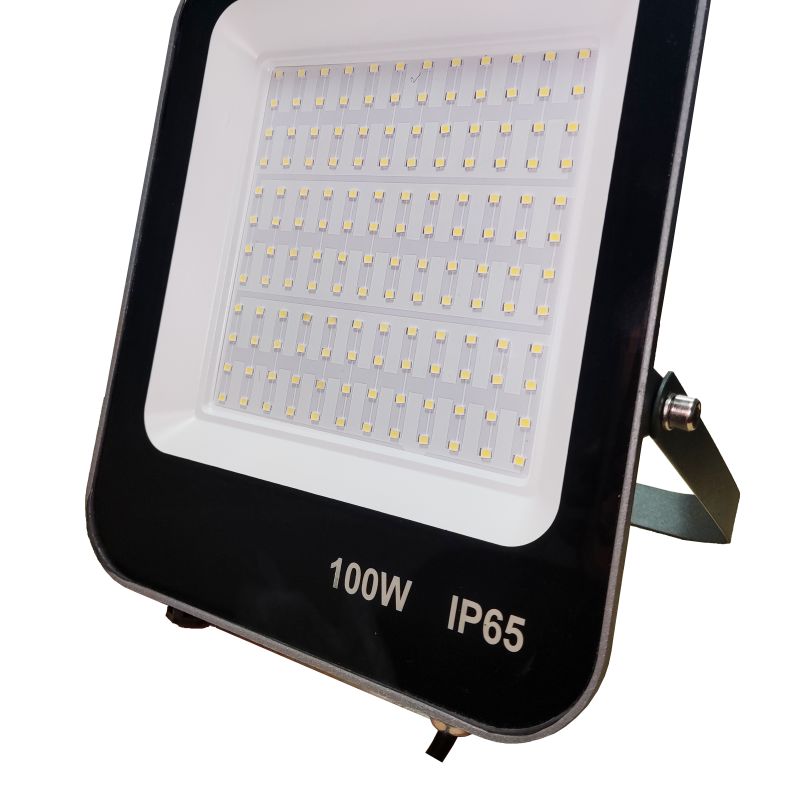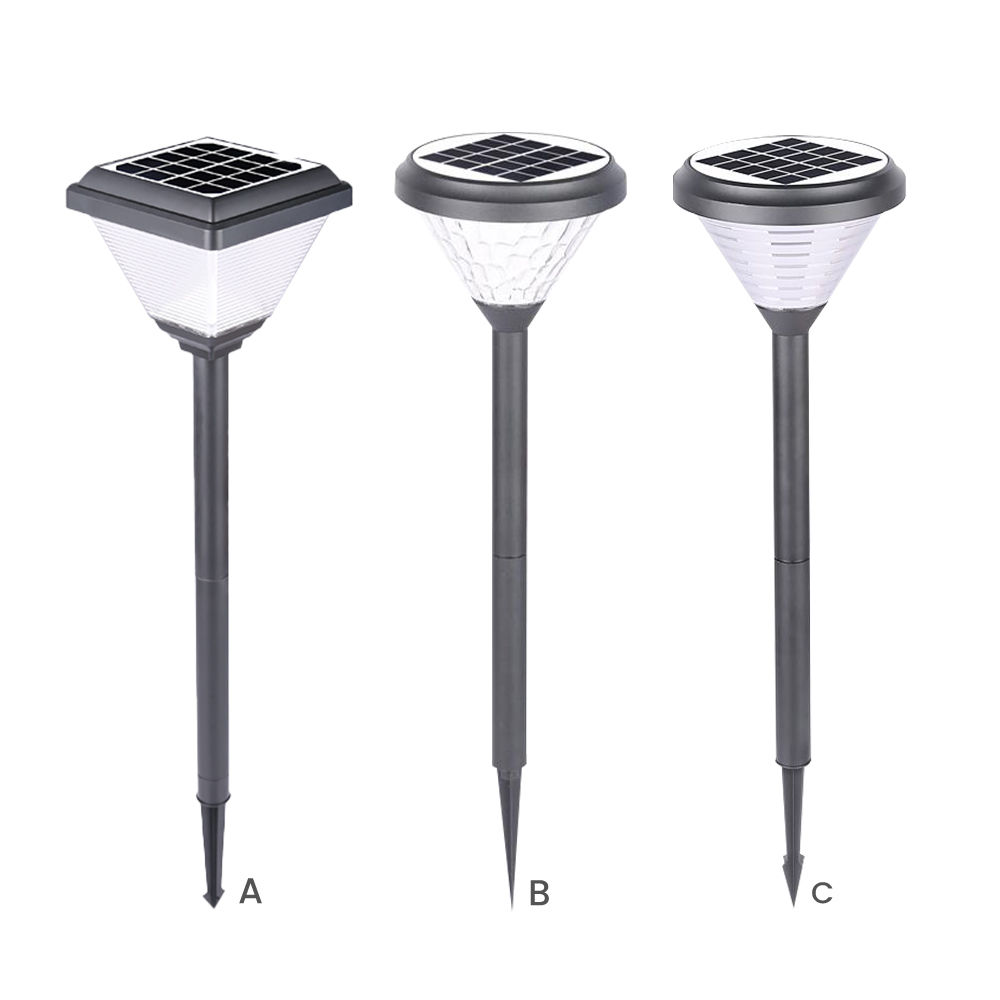By Gretchen Heber and Theresa Clement | Updated Dec 22, 2023 11:42 AM
We may earn revenue from the products available on this page and participate in affiliate programs. Reflector Led Smd

It’s not your imagination: The light bulb section at the hardware store has expanded. With so many types, colors, and shapes lining the shelves in a wide—and sometimes confusing—array of options, it can be tough to pick the right bulb for your needs. However, armed with bulb basics, choosing the right replacement bulb the next time you’re faced with a burned-out bulb can be a snap.
While there are many light bulb sizes and shapes available, there’s a shorter list of shapes that are regularly used in homes. Here are some of the most common residential light bulb sizes and shapes.
Before you head out in search of new bulbs, get a grasp on the terminology that manufacturers use to measure the input and output of certain types of light bulbs. Two important terms to know are watts and lumens.
To calculate the optimal number of lumens, multiply the room’s square footage by these rule-of-thumb figures:
Beyond the shape, size, lumens, and watts, another important distinguishing characteristic is the color temperature of the light bulb. Traditionally, incandescent lighting was a soft and warm color temperature, much like the light created during the setting or rising sun.
Today’s bulbs range from a warm 2200 kelvins (K) to a crisp, mid-daylight-mimicking 6500K. A low color temperature creates a yellow-orange light, and a high color temperature indicates a whiter light.
There are many different types of light bulbs, but there are just a handful of types that you’re likely to encounter in a residential setting.
Standard incandescent bulbs are known for being energy hogs. Common household light bulbs, which typically used between 40 and 100 watts before 2011, now use at least 27 percent less energy than they did back in the day, while still producing comparable lumens. Bulbs sold in California in 2011 and nationwide in 2012 needed to produce more lumens per watt as part of the Energy Independence and Security Act of 2007.
Because manufacturing of 100-watt incandescent bulbs halted in 2012, the bulbs are less likely to appear in stores today. Shoppers are likely to be greeted with options of 30, 40, and 50 watts. Incandescent bulbs do not contain mercury, and they last an average of 1 year before they need to be replaced. Incandescent light bulbs are easily recognized by the filaments inside them; indeed, the retro-looking, clear Edison bulbs that are so en vogue these days, are incandescent.
Best For: Use with dimmable light fixtures, vanity lighting (because incandescent light flatters skin), and low-voltage lighting such as night lights. Our Recommendation: Sunlite 7-Watt C7 Replacement Light Bulb—Get a 12-pack at The Home Depot for $11.59
The soft white light emitted by these bulbs makes them perfect for use in night lights.
RELATED: Incandescent Light Bulb Ban: Your Questions, Answered
Fluorescent tube bulbs have been around for years. You’ve probably seen the long, cylindrical glass tubes in overhead lights in department stores, but you can also find circular and U-shaped fluorescent tubes to fit specialty fixtures. This particular type of light bulb uses less energy than incandescent bulbs, but it contains mercury vapor and a phosphor coating that converts UV light to visible light when turned on. Because these bulbs contain mercury, many communities have regulations regarding their disposal.
Best For: Producing the bright lighting needed in an office or workshop. Our Recommendation: Philips 40-Watt T12 ALTO Fluorescent Tube—Get a 2-pack at The Home Depot for $13.98
Use in kitchens or basements, or anywhere that calls for task lighting.
RELATED: Buyer’s Guide: The Best Garage Lighting We Tested This Year
Some compact fluorescent (CFL) bulbs are easily identified by their hallmark spiral design. They use a fraction of the wattage that incandescent bulbs use. While good for reading and tasks, the light they emit can be relatively harsh and undesirable in vanity lighting. Like fluorescent tubes, CFLs contain mercury, so broken bulbs should be disposed of according to the EPA’s suggestions for cleanup.
Note: Most CFLs don’t work with dimmer switches and aren’t particularly well suited for light fixtures switched on and off frequently, as this habit can shorten their useful life.
Best For: Overhead lights, lamps, and task lights. Our Recommendation: Philips Energy Saver Compact Fluorescent T2 Twister — Get a 4-pack at Amazon for $13.99
Equivalent to a 100-watt incandescent bulb, this CFL emits 1600 lumens of light.
Light emitting diode (LED) bulbs are the most energy efficient type of light bulb. Though they were costly when they first hit the market, prices have dropped significantly since then. With lifespans that exceed those of most other bulbs and options that encompass a variety of colors as well as white, these bulbs offer the best bang for your buck. Early LED bulbs offered only directional lighting, but with recent advances, manufacturers are now offering LED bulbs that emit whole-room diffused lighting. Most LED light bulbs are opaque white on the bottom half, and frosted at the bulb side.
Best For: Just about anywhere you used to use incandescent bulbs. Our Recommendation: Philips A19 Daylight LED bulbs—Get a 16-pack at Amazon for $32.95
Use these energy-saving LEDs to replace the bulbs in your overhead lights, wall sconces, or table lamps.
RELATED: Buyer’s Guide: The Best LED Shop Lights
Halogen bulbs use 25 to 80 percent less energy than incandescent bulbs, but they still use more than CFLs and LEDs. The white light they emit brings out vibrant tones in furnishings and decor. Halogen bulbs come the closest to natural daylight, but as they get extremely hot, be sure not to use them in any lamp or fixture that young children can reach.
A variation on halogen, xenon bulbs cast the same clear white light yet remain cooler to the touch than standard halogen bulbs, making xenon safer for use in table lamps.
Best For: Exterior floodlights, hanging pendant lights, and accent lighting. Our Recommendation: Feit Electric 50-watt Bi-Pin Dimmable 12-Volt Halogen Light Bulb—Get it at Amazon for $4.79
This dimmable, 500-lumen bulb is perfect for track and recessed lighting.
Strictly in the realm of “specialty bulbs,” Wi-Fi-capable LED bulbs fit ordinary lamps and fixtures but offer the ability to either program the bulbs to turn on at preset times or control them remotely from a smartphone or tablet. Read the fine print before you mistakenly buy one that doesn’t work with your mobile device; some bulbs are strictly Apple- or Android-compatible products.
Best For: Remote operation of overhead lights or lamps that you typically set to stay on before you leave for vacation. Our Recommendation: Flux WiFi Smart LED Light Bulb—Get it on Amazon for $32.99
For use with both Apple and Android devices, this bulb offers precise control of brightness and color.
RELATED: 10 Reasons to Consider Switching to Smart Light Bulbs
While it might require a few more minutes in the light bulb aisle, taking the time to carefully consider the many options means you will get precisely the right bulb for your needs. You might opt for old standby incandescent bulbs (if you can still find them), or take your lighting to a new level with smart LEDs.
Articles may contain affiliate links which enable us to share in the revenue of any purchases made.
Registration on or use of this site constitutes acceptance of our Terms of Service.

Reflector Led 5 Watts © 2024 Recurrent. All rights reserved.